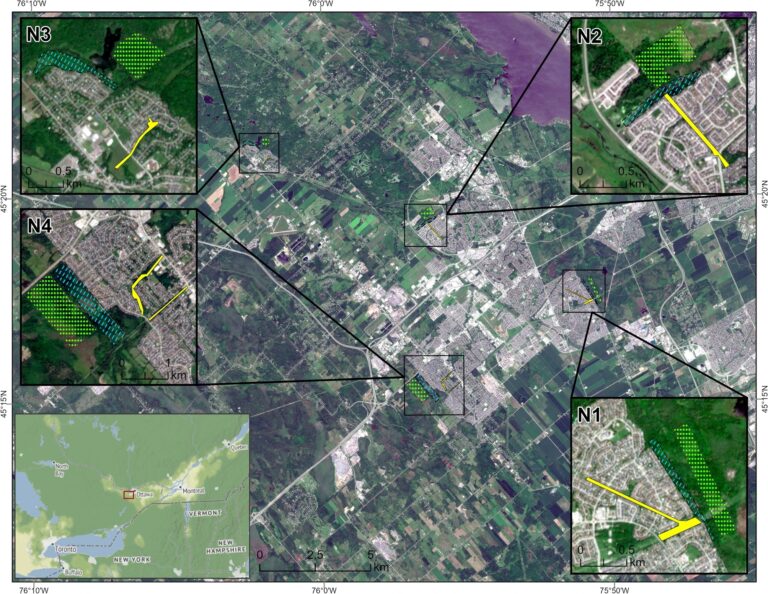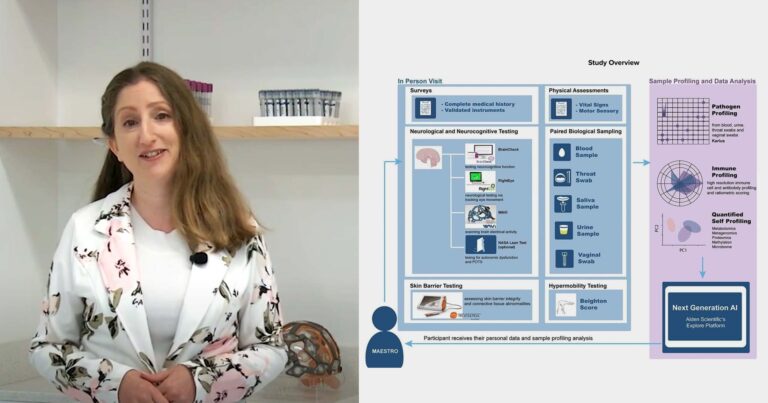Researchers study ticks in Ottawa where residential zones border woodland areas
32% of the adult and nymph ticks tested positive for Borrelia burgdorferi, the bacteria that causes Lyme disease.
Insert HTML here

32% of the adult and nymph ticks tested positive for Borrelia burgdorferi, the bacteria that causes Lyme disease.

We need to do better.

The writing in this book is captivating, moving back and forth between Rachel’s perspective and what Dorothy recalled about those same events.

Help keep kids safe in the outdoors by learning about ticks and Lyme disease.

Deepen your understanding of Lyme disease and other tick-borne infections through online learning.

POTS is recognized by some clinicians as a contributor to persistent Lyme disease symptoms but more research is needed.

A synthetic version has been developed and may lead to new tick repellent products.

Satu Strausz of Finland leads international group exploring biobank, in vitro, and murine research.

Researchers at MIT are thinking outside the box with a new long Covid, chronic Lyme disease study. Dr. Mikki Tal is heading the MIT MAESTRO research study which is looking into potential sex differences, predictive diagnostics and immunological, neurological and other mechanisms of chronic illness. Her team is also investigating immune-pathogen interactions, and the connection…

This in-depth article by Cox and Levesque gives context to many of the systemic barriers that Canadian Lyme patients encounter, and highlights the important role that patient organizations play in addressing those barriers.

An in-depth review by three leading experts.

Increased awareness is an important first step in addressing this problem.

Being aware of ticks and tick-borne illnesses can help prevent serious health problems at home and away.

Research continues to reveal an increasingly complex picture of Lyme disease.

Keeping neurological symptoms and Lyme rashes on the radar.